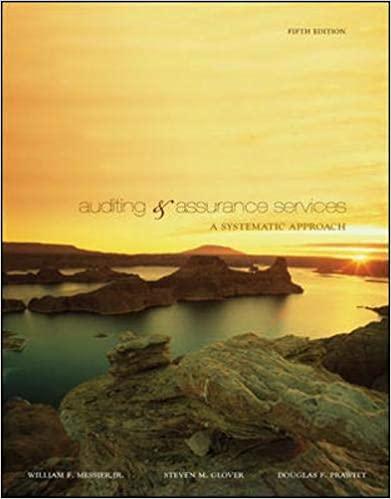Part I: Merry-Go-Round (MGR), a clothing retailer located primarily in shopping malls, was founded in 1968. By
Question:
Part I: Merry-Go-Round (MGR), a clothing retailer located primarily in shopping malls, was founded in 1968. By the early 1990s, the company had gone public and had expanded to approximately 1,500 stores, 15,000 employees, and $1 billion in annual sales. The company's locations in malls targeted the youth and teen market. The company was listed by Forbes magazine as one of the top 25 companies in the late 1980s. How- ever, in the early 1990s, the company faced many challenges. One of its co- founders died, and the other left to pursue unrelated business interests. The company faced stiff competition from other retailers (e.g., The Gap and Banana Republic), fashion trends changed, and mall traffic declined. Sales fell, and experts speculated that MGR failed to anticipate key indus- try trends and lost sight of its customer market. To try to regain its strong position, the company acquired Chess King, Inc., a struggling chain of men's clothing stores located in malls, in 1993. The company's sales continued to fall, and later in 1993, it brought back one of its cofounders to manage the company and wrote down a significant amount of inventory. However, this inventory write-down caused the com- pany to violate loan covenants. Facing bankruptcy, the company, based on the advice of its newly hired law firm Swidler and Berlin, hired turnaround specialists from Ernst and Young (E&Y) to help overcome the financial cri- sis and develop a long-term business plan. However, the company's decline continued, and it filed for Chapter 11 reorganization in 1994. In 1996, the remaining assets were sold for pennies on the dollar Subsequently, a group of 9,000 creditors (including former employees and stockholders) began litigation against parties it deemed responsible for their losses. These parties included E&Y, which the creditors sued for $4 billion in punitive and compensatory damages (E&Y's fees from MGR totaled $4.5 million). The lawsuit alleged that E&Y's incompetence was the main cause of MGR's decline and demise. The lawsuit alleged in part that The turnaround team did not act fast enough. The leader of the team took an eight-day vacation at a critical point dur- ing the engagement. The cost-cutting strategy called for only $11 million in annual savings, despite the fact that the company was projected to lose up to $200 mil- lion in 1994. LO587
Step by Step Answer:

Auditing And Assurance Services A Systematic Approach
ISBN: 9780073337203
5th Edition
Authors: William Messier, Steven Glover, Douglas Prawitt





